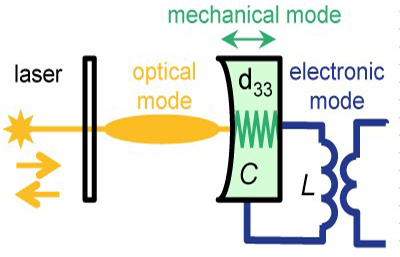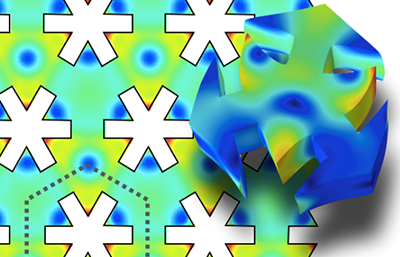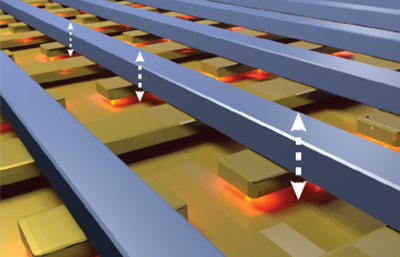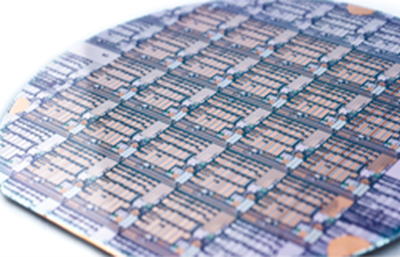HOT research focuses on…

Hybrid Transducers
Bidirectional conversion of signals from the optical to the microwave domain is a key challenge in quantum communication. HOT seeks to create such conversion devices by coupling both signals to the same mechanical oscillator. An efficient bidirectional converter would also see immediate application in magnetic resonance imaging (MRI) and nuclear magnetic resonance (NMR) spectroscopy. Read more…

Mechanical meta-materials
By engineering interactions between multiple mechanical and electromagnetic modes, HOT will produce low phase-noise microwave oscillators and non-reciprocal microwave isolators. The low phase-noise microwave oscillators will find applications in radar systems, used in a wide range of consumer applications such as autonomous driving and navigation systems, while non-reciprocal microwave devices are crucial to link the classical and quantum regime. Read more…

Ultrahigh frequency optomechanics
HOT will use novel materials and architectures to perform optomechanics in previously unexplored frequency bands. These optomechanical devices could be used to create tunable microwave filters, perform enhanced Raman spectroscopy and engineer ultrastable microwave oscillators. The low-mass mechanical oscillators would also be ideally suited for mass spectroscopy and trace gas detection. Read more…

CMOS processing
CMOS (complementary metal–oxide–semiconductor) is the workhorse of modern electronics and establishing a CMOS process for fabricating hybrid devices is crucial for scaling this new technology to the consumer market. HOT will develop CMOS processing and packaging of devices combining optical, electronic and mechanical degrees of freedom. Read more…
